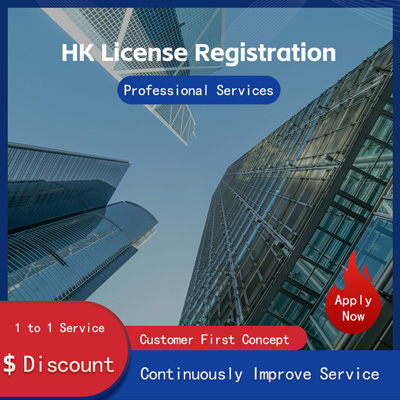
Analysis of Cross-Border Logistics Operations and Sharing of International Logistics Tips
How Does a Cross-Border Logistics Company Operate? Knowledge Sharing on International Logistics
With the accelerated development of globalization, international trade is becoming increasingly frequent, and cross-border logistics has become an important bridge connecting different countries and regions. Whether it's e-commerce enterprises, traditional import-export merchants, or individual consumers, they all rely on cross-border logistics companies to complete the cross-border transportation of goods. So, what is the operational process of cross-border logistics companies? This article will analyze this issue from multiple perspectives and provide you with detailed professional knowledge by combining relevant cases and industry dynamics.

Firstly, the core of cross-border logistics lies in the word cross-border. This means that goods need to cross different countries or regions, and each country has its unique laws and regulations, tariff policies, as well as customs supervision requirements. Cross-border logistics companies must possess professional compliance capabilities to ensure that goods can pass through customs smoothly. For example, in China, the positive list for retail imports of cross-border e-commerce clearly stipulates which goods can enter the domestic market and which goods are prohibited. For export businesses, it is also necessary to understand the access standards of target markets, such as the requirements of the U.S. Food and Drug Administration FDA for food and drugs. These complex rules form the first hurdle of cross-border logistics.
Next, let us look at the basic process of cross-border logistics. Generally speaking, the entire process can be divided into the following stages
1. Order Reception and Plan Formulation
After the customer places an order, the cross-border logistics company will first collect order information, including shipping and receiving addresses, product descriptions, quantity, weight, and other key data. Then, based on factors such as the nature of the goods ordinary goods, dangerous goods, or cold chain products, distance, and time requirements, a detailed transportation plan will be formulated. For example, some urgent orders may require air transport, while bulk goods are better suited for sea freight.
2. Warehouse Management
Before the goods are shipped out, they usually need to be stored centrally. Cross-border logistics companies will provide warehouse services for their customers, offering one-stop support from warehousing inspections to outbound delivery. It is worth noting that due to strict regulations regarding the safety and environmental protection of storage facilities in various countries, many large cross-border logistics companies choose to set up warehouses in bonded areas. The advantage of bonded areas is that they can delay the payment of import duties, thereby reducing the financial pressure on enterprises.
3. Customs Declaration and Clearance
The customs declaration and clearance phase is the most complex and critical part of cross-border logistics. When the goods arrive at the port or airport, the logistics company needs to prepare complete documentation, including commercial invoices, packing lists, bills of lading, and certificates of origin. At the same time, cooperation with customs for inspection work is required. In recent years, with the popularization of electronic customs declaration systems, the speed of this process has significantly improved. For instance, China's single window platform integrates information resources from multiple departments, greatly simplifying the declaration process.
4. International Transportation
International transportation is one of the core links in cross-border logistics. Depending on the nature of the goods and customer needs, different transportation methods can be chosen. Currently, the main international transportation methods include air transport, sea freight, and rail transport. Among them, air transport is fast but expensive; sea freight is suitable for large quantities of goods and relatively inexpensive; the China-Europe Express Railway is a new model that has emerged in recent years. It combines efficiency and economy, making it particularly suitable for trade between Asia and Europe.
5. Local Delivery
After arriving at the destination, the cross-border logistics company still needs to handle the last-mile delivery task. This step should not be overlooked because even if all previous steps are completed successfully, problems in the end delivery can lead to customer complaints or returns. Many large cross-border logistics companies cooperate with local courier companies to build nationwide service networks.
In addition to the above conventional processes, modern cross-border logistics also faces many challenges. For example, the rise of cross-border e-commerce has brought about an increase in fragmented orders, posing higher demands on traditional batch processing models. With the deepening of the green environmental protection concept, more and more enterprises are paying attention to the sustainable development of supply chains. To this end, some leading cross-border logistics companies have begun to try using new energy vehicles and optimizing route planning to reduce carbon emissions.
Finally, let us look at some specific cases. At the beginning of this year, a well-known e-commerce platform announced strategic partnerships with several cross-border logistics companies aimed at building a more efficient full-chain service system. The platform uses big data technology to predict the flow of hot-selling products and disperses inventory to various warehouses in advance, significantly shortening delivery times. This innovative initiative not only improves user experience but also further consolidates its market position.
To sum up, cross-border logistics is a broad and highly specialized field. To stand out in this industry, companies not only need to master solid theoretical knowledge but also keep pace with the times, constantly exploring new solutions. I hope the information provided in this article helps you better understand the operation mechanism of cross-border logistics. If you have any other questions, feel free to discuss them with me!
Still have questions after reading? More than 98,000 users have contacted us. Please fill in the following information to obtain business information.

Service Scope
MoreRecommended for You
- SF Express International Business Overview
- Common Additional Fees for International Air Express Explained
- In-depth Analysis of Canada Ocean Freight Logistics Pricing Structure and Shipping Cost Calculation Method
- China-UK Rail Freight's New Momentum Reshaping Cross-border Logistics Dynamics in China-Europe Trade
- Air Freight FBA vs. Sea Freight In-Depth Analysis of Logistics Mode Selection Decision Models
- FBA First Leg Air Freight Logistics Transit Time Billing Methods Explained
- Counterfeit Goods in Cross-Border Logistics How Customs Identifies Fakes and the Challenges Involved
- Analysis of Matson Express Vessel's Charging Standards and Operational Process
- Must-See for Cross-Border Sellers! Guide to Avoiding Common Air Freight FBA First-Mile Logistics Traps, Saving You Time and Money
- FBA First Mile Logistics Pricing Quick Direct FBA First Mile Service Price List
- What is US FBA Sea Freight? - A Comparison with Traditional Ocean Shipping
- U.S. FBA Transport Breakthrough In-Depth Analysis and Tactical Guide on Air Freight Mode
- How to Choose Between Matson Express and Standard Ocean Freight for Cross-Border E-Commerce Sellers?
- U.S. FBA Air Freight Process and Customs Clearance Requirements Analysis
- High US FBA First-Mile Logistics Costs? These Tips Can Help Reduce Expenses!
- Key Considerations and Advantages of International Sea Freight Logistics
- U.S. Sea Freight Logistics Explained
- Air Freight FBA First Leg Cargo Detained Solutions for Customs Clearance Issues Prevention Strategies
- How to Avoid Customs Seizures in Cross-Border E-Commerce Logistics A Strategic Analysis
- FBA First-Mile Logistics Unlocking the Key to Efficient Cross-Border E-Commerce Operations


 ONE
ONE



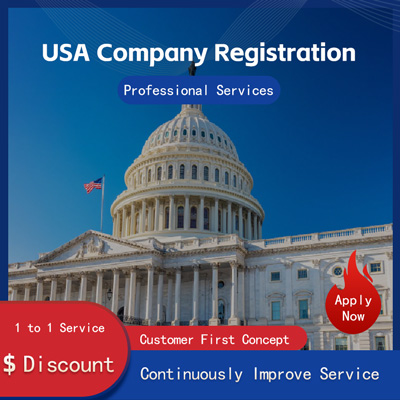

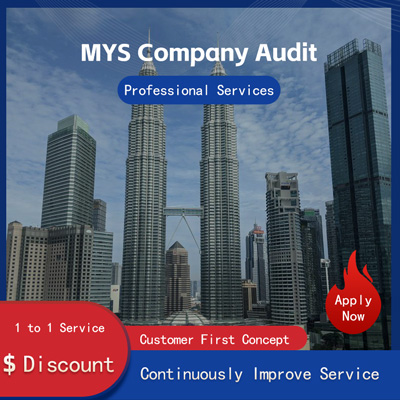
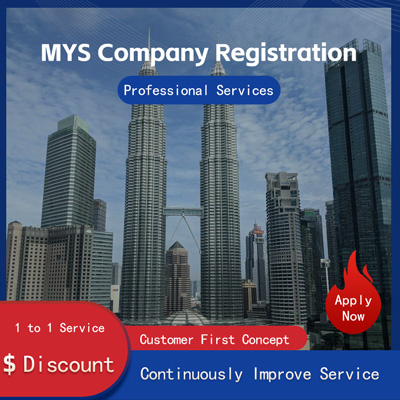
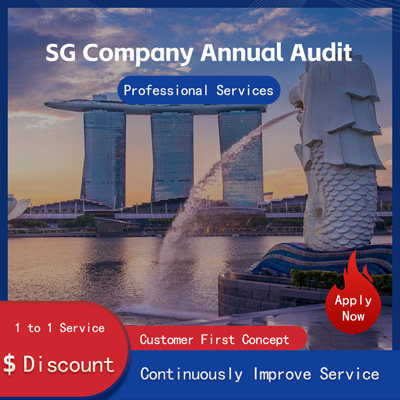
Customer Reviews
Small *** Table
December 12, 2024The experience was very good. I was still struggling to compare it with other companies. I went to the site a few days ago and wanted to implement it as soon as possible. I didn't expect that everything exceeded my expectations. The company is very large, with several hundred square meters. The employees are also dedicated and responsible. There is also a wall of certificates. I placed an order on the spot. It turned out that I did not make a wrong choice. The company's service attitude is very good and professional. The person who contacted me explained various things in detail in advance. After placing the order, the follow-up was also very timely, and they took the initiative to report the progress to me. In short, I am very satisfied and recommend this company!
Lin *** e
December 18, 2024When I first consulted customer service, they recommended an agent to me. They were very professional and patient and provided excellent service. They answered my questions as they came in. This 2-to-1 service model is very thoughtful. I had a lot of questions that I didn’t understand, and it’s not easy to register a company in Hong Kong. Fortunately, I have you.
t *** 7
December 19, 2024I originally thought that they only did mainland business, but I didn’t expect that they had been doing Hong Kong business and were doing very well. After the on-site interview, I decided to ask them to arrange the registration of my Hong Kong company. They helped me complete it very quickly and provided all the necessary information. The efficiency was awesome. It turns out that professional things should be done by professionals.👍
b *** 5
December 16, 2024In order to register a company in Hong Kong, I compared many platforms and stores and finally chose this store. The merchant said that they have been operating offline for more than 10 years and are indeed an old team of corporate services. The efficiency is first-class, and the customer service is also very professional.